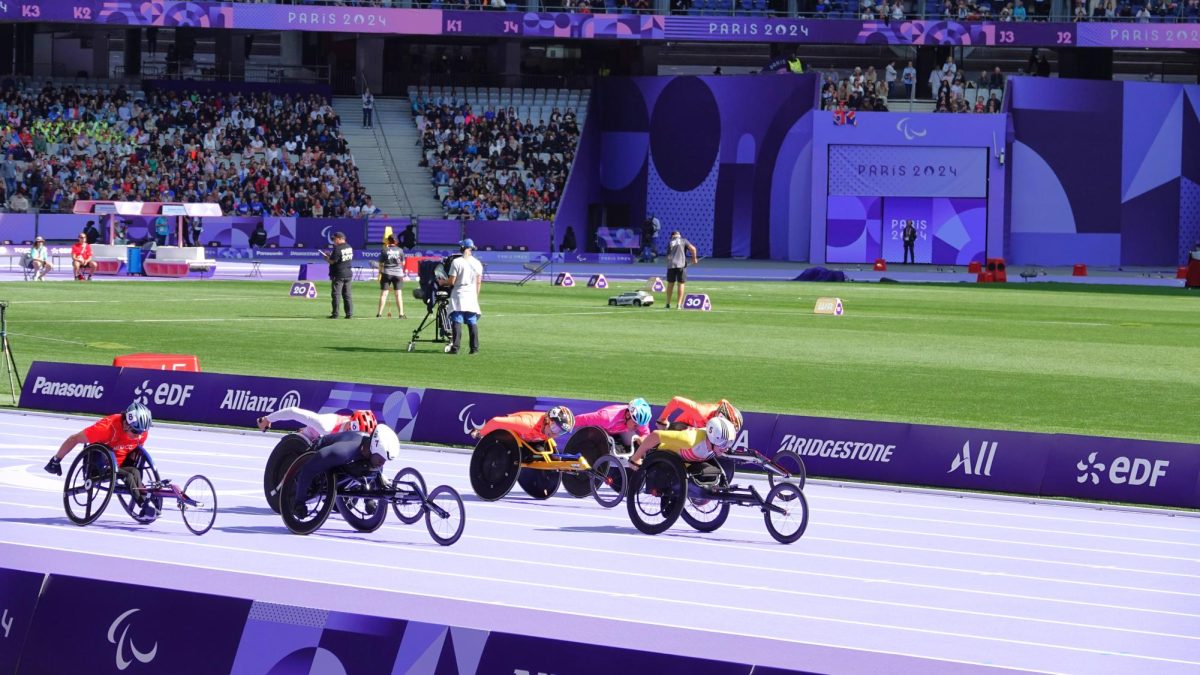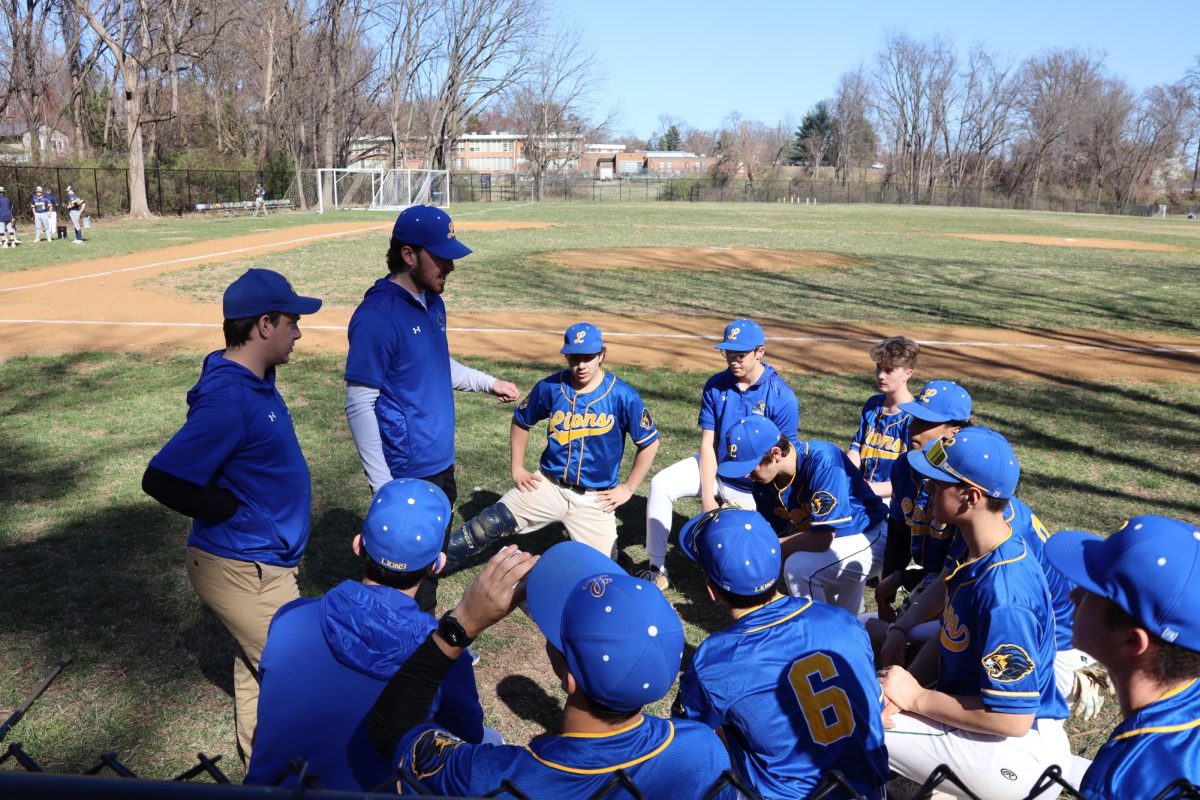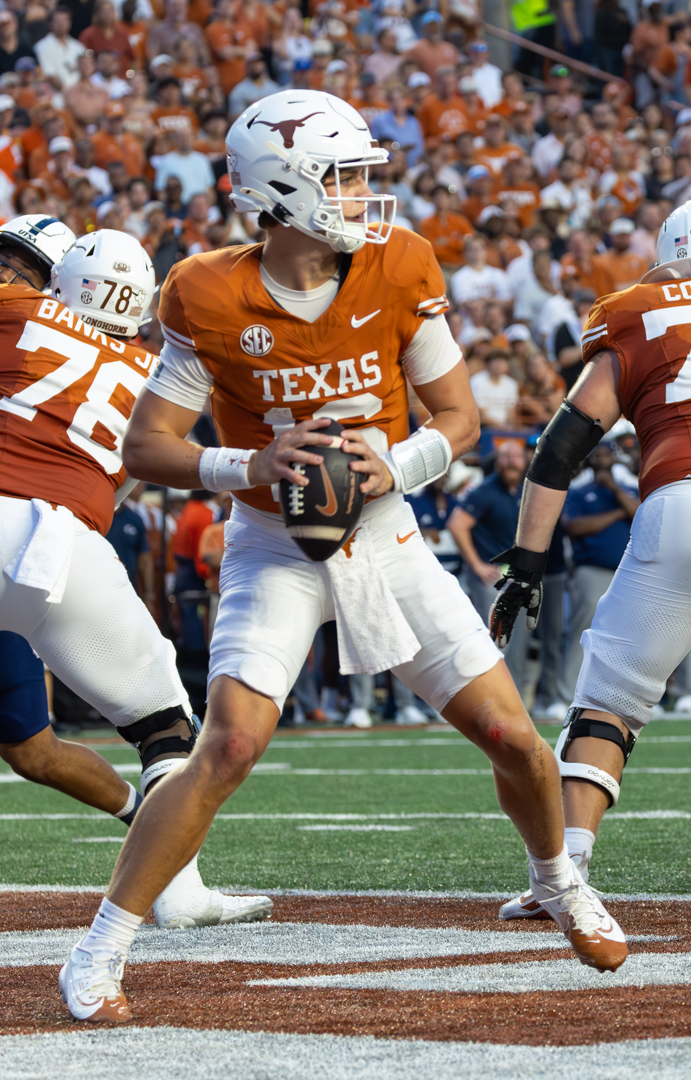Since 1960, two weeks after the Olympics conclude, stadiums are reset and a new set of international games begins: the Paralympics. This year, the Paraylmpics ran between Aug. 28 and Sept. 8. Despite the games being just as competitive as the Olympics and having a historic number of viewers this year, there are significantly fewer people who watch these games compared to those who watch the Olympics games. Here is a guide to some of the things you may have missed.
This year there were 22 sports with 549 medal events with around 4,000 athletes competing. The U.S. finished the Paralympics with a total of 105 medals, taking home the third place in medals standing behind China and Great Britain (consecutively).
At CESJDS, athletic trainer Romi Nachman teaches about the Paralympics to her Kinesiology and Emergency Care classes through the movie “Phoenix Rising.” Nachman shows this film because she believes that it is important for students interested in the medical world to be exposed to a different side of the medical world than they have previously seen.
“For students who are interested in sports or medicine, or sports medicine in general it is very important to get exposed to that part of the world…just getting a better understanding of what [Paralympians] do and how hard they work, can prepare them for the future,” Nachman said.
Sophomore Liana Lesser took Kinesiology her freshman year, and was inspired by these athletes.
“It definitely helped me understand sports medicine, because a lot of athletes struggle with pain or injuries, and it’s really motivating to see [that] you can be injured and have to sit out … and it could be really hard coming back to play a sport after an injury,” Lesser said. “But these people, they show that you can really overcome anything if you try hard enough.”
The Refugee Paralympic team, which began competing in the 2016 Paralympics, represents the more than 120 million forcibly displaced people worldwide. This year, they had a record number of athletes, and won their first medals, with Zakia Khudadadi winning a bronze in Para Taekwondo in the women’s K44 -47kg class and Guillaume Junior Atangana winning a bronze in the 400m T11.
The Refugee team was not the only team to win their first Paralympic medal, as Nepal’s Palesha Goverdhan and Eritrea’s Sibhatu Kesete Weldemariam both brought home medals.
The U.S. had a total of 127 athletes on the podium, including 53 first-time Paralympic medalists, and 29 athletes with multiple medals. U.S’s Tatyana McFadden won her 21st Paralympic medal, making her the most decorated athlete in track and field. Miles Krajewski and Jayci Simon became the first U.S. athletes to medal in badminton at any Olympic or Paralympic games. Here are some more U.S. records from this year’s games.
Junior Ella Longman works with Fairfax Falcons Paralympic basketball to help kids with disabilities play sports, and learn problem solving skills. She believes that the Paralympics provide role models for the kids she works with.
“That’s a big goal [of the organization],” Longman said. “…It’s really important for them to see people who have similar struggles to them, and to see how they overcome those struggles.”
After 11 days, the Paralympics came to a close at the Stade de France. Over over 2.5 million tickets were sold for the games, packing the stadiums. Here are some more of the best moments of the games according to NBC.
“I think it’s just very inspiring to see as someone who was an athlete in high school I worked hard, but they have to work so much harder and go over so many hurdles that we don’t have to deal with every day,” Nachman said. “…The work that they do is incredible, and I think a lot more people need to watch it.”














